Dandelion - Taraxacum officinale
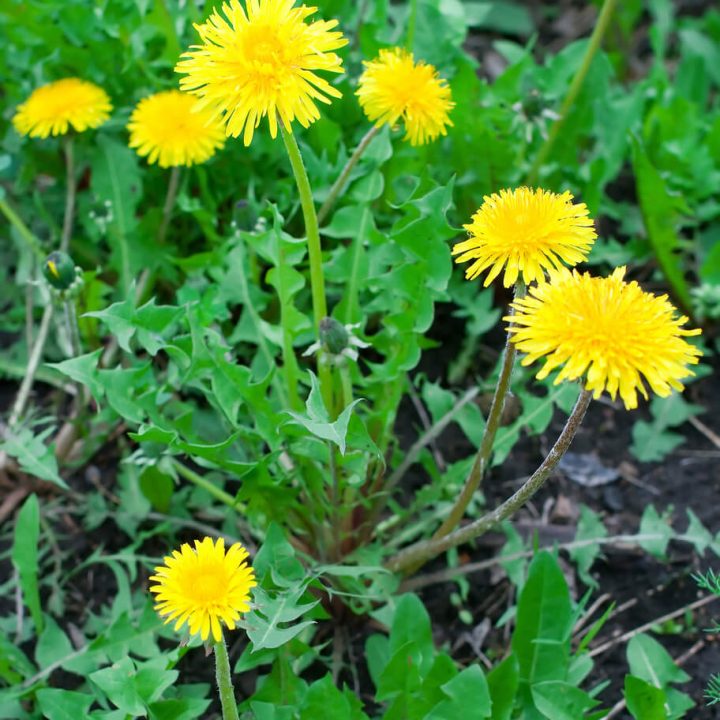
Dandelion, Taraxacum officinale grows in many parts of the world. People use the leaves, stem, flower, and root of the dandelion for medicinal purposes. Dandelions have many potential health benefits. It provides antioxidants, reduces cholesterol, inflammation, and cancer risk, regulates blood sugar, lowers blood pressure, aids weight loss, and digestion boosting the immune system, keeps skin healthy and other more…
Damiana – Turnera diffusa

Damiana is been used for enturies by indigenous as an aphrodisiac and bladder tonic. Damiana is used to enhance sexual function in men and women. It has been widely promoted as a sexual stimulant and it is found in various forms including capsule, liquid extract and tea form. To enhance Sexual Performance, Impotence, Frigidity, Sterility, Prostatitis, Digestive Aid, Improve Appetite, Hangovers, Mild Laxative, Premature Ejaculation, Headaches connected to Menstruation, Infections including Cystitis and Urethritis, Depression, Anxiety. Male impotence can be treated with damiana herbal tea. Infuse a quarter teaspoon of dried damiana leaf in one cup of boiling water for 10-15 minutes. Drink three cups a day. To use damiana in tincture form, take 2 – 3 millilitres three times a day.
Desert date - Balanites aegyptiaca

All the organs of this plant are used in traditional medicine. The macerated bark is used in colic, jaundice and as an antivenom and vermifuge. The stems, after removal of the thorns, are used as toothpaste. But it is the fruit which is very used because of its carbohydrates and vitamins. In traditional medicine, a watery decoction of the fruit is drunk as a purgative and a remedy for stomach disorders. A concentrated decoction of the fruit thrown into water can be used to asphyxiate fish and make them easier to catch. The kernel contains an oil that sometimes replaces peanut oil in Africa.
Devil's cotton -Abroma Augustum
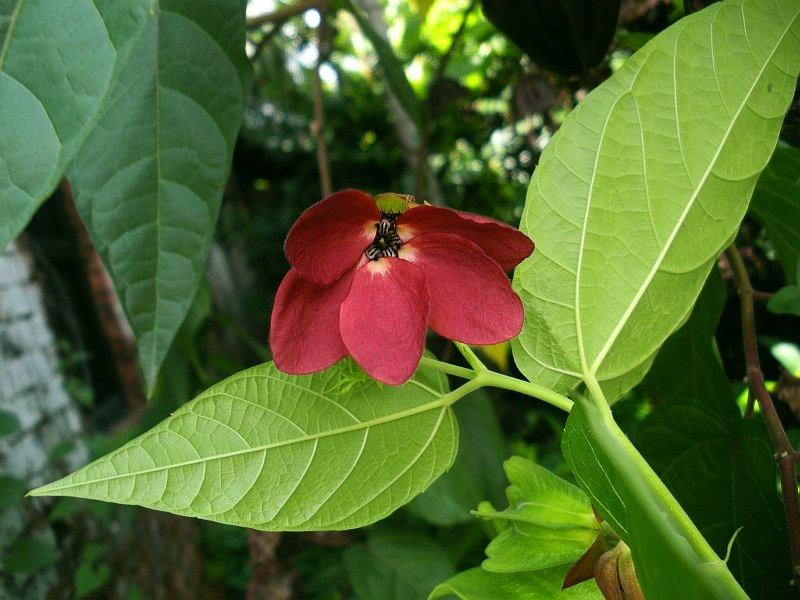
Devil’s cotton, is a species of Abroma. It has dark red flowers with an characteristic and unusual appearance. Devil’s cotton, sometimes written Abroma augusta is a species of Abroma (Sterculiaceae, or Malvaceae in some classifications). It has dark red flowers with an characteristic and unusual appearance. It is widely distributed in Asia. Devil’s cotton is an aid for various health ailments. The bark of the root helps in the regulation of menstrual periods. It is used in diabetes mellitus, as antioxidant, uterine tonic and an emmenagogue, dysmenorrhea, amenorrhoea, sterility and other menstrual disorder, rheumatic pains of joints and headache with sinusitis.
Devil’s Claw - Harpagophytum procumbens

Devil’s claw gets its name from the tiny hooks that cover its fruit. Native to the red sand areas of the Transvaal: South Africa, Botswana and Namibia, this plant spread to the Kalahari regions due to its adaptation to dry desert areas. In use for centuries by the San and Koi people, devil’s claw can be used to alleviate allergies, for diabetes, blood diseases, as a topical ointment on boils, heartburn, gastrointestinal disorders, skin injuries and ulcers. It is used primarily for joint diseases, back pain and headache.
Dodder – Cuscuta Reflexa Roxb
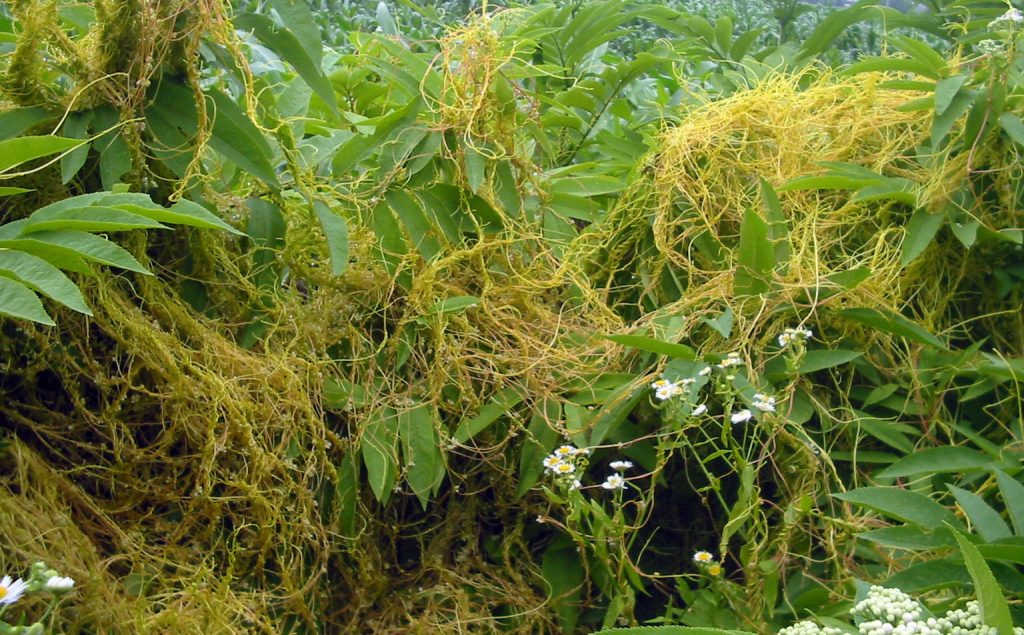
People use the parts that grow above the ground to make medicine. Dodder is used to treat urinary tract, spleen, psychiatric, and hepatic disorders. It is also used for cancer, depression, and pain. Dodder is used with a protein called whey for eczema. Dodder contains chemicals that act like antioxidants. These chemicals might help to slow the growth of cancer cells, and improve the health of the liver, the kidneys, and the nervous system.
Dragon Lily – Dracunculus vulgaris
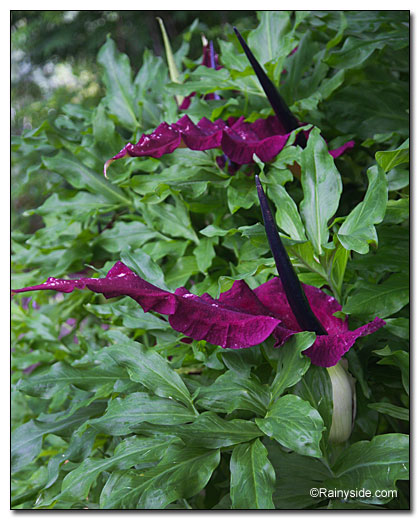
Dracunculus vulgaris is a stress-free tuber to grow in the Pacific Northwest, providing you pay attention to its needs. The biggest problem we face, west of the Cascade Mountains, is its tubers rotting when not grown in well-drained soil. Dracunculus has been used to fight cancer. Applied to cancerous growth, it is believed that its corrosive properties are what work against the growths.
Deadly Nightshade – Solanum Nigrum Linn
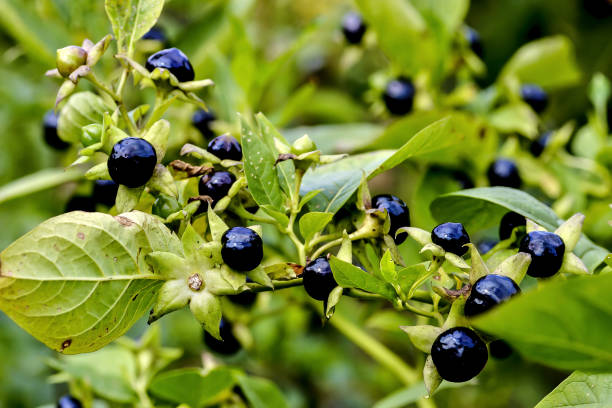
Belladonna, more popularly known as deadly nightshade. The plant looks harmless enough, as its leaves are green and it grows up to 4 feet high. The nightshade’s blackberries have a waxy sheen and those reddish-brown flowers have pretty bell shapes. Deadly nightshade belongs in the Garden of Eden on appearances alone. Belladonna, Deadly Nightshade could be used to treat a variety of ailments such as neuralgias, whooping cough, scarlet fever, spasmodic asthma, intestinal cramps and to dilate the pupil of the eyes. Given the common occurrence of intestinal complaints, it was frequently used as an antispasmodic to treat diarrhea.
Dragon tree - Dracaena Marginata
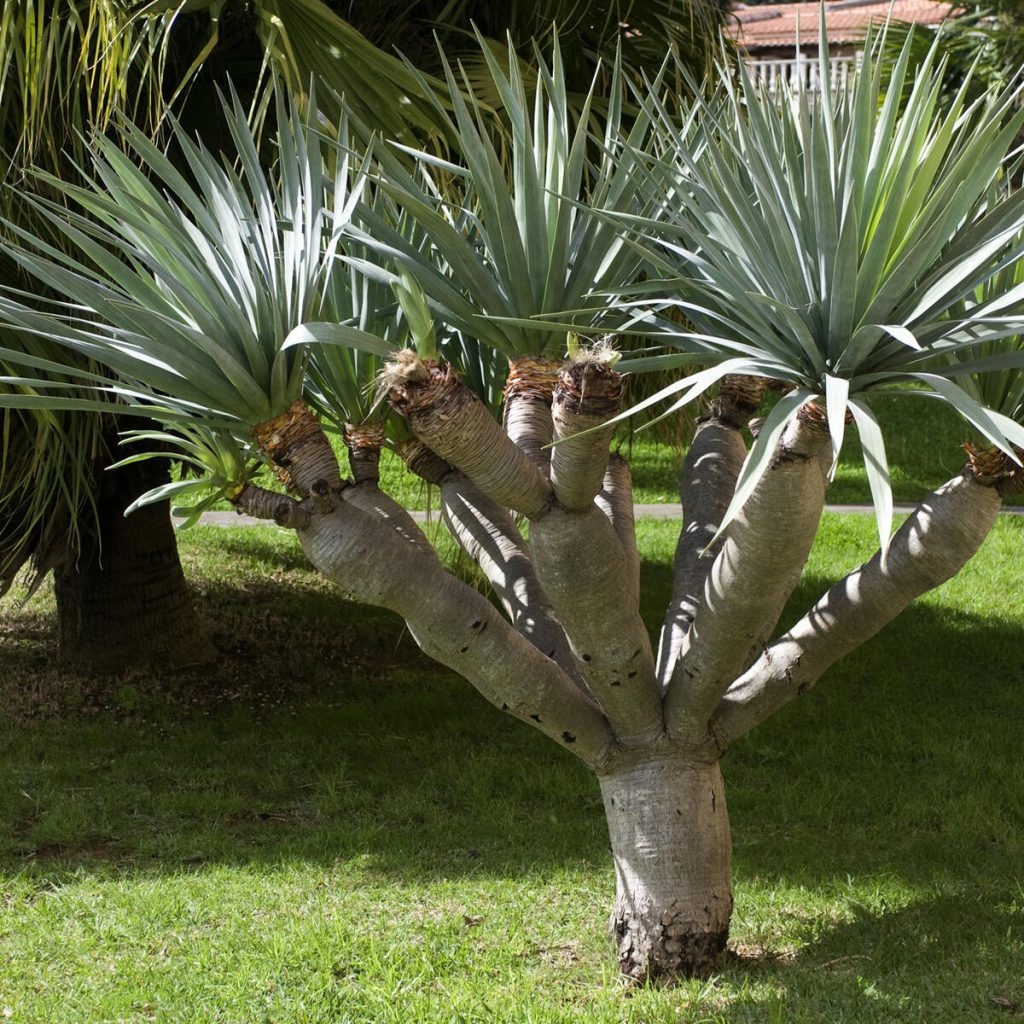
Dragon tree is a beautiful tree with green sword-like leaves with red edges. The eye-catching spiky tree is native to Madagascar, and it’s considered a wonderful gateway plant for home gardeners because it’s easy to care for, drought-tolerant, and practically durable. Not only is the dragon tree beautiful, but it’s also beneficial to your health since it’s one of the best air purifiers among indoor plants. Through the process of photosynthesis, this plant can clean the air in your home and rid it of toxins, removing harmful chemicals and allergens from the air.

